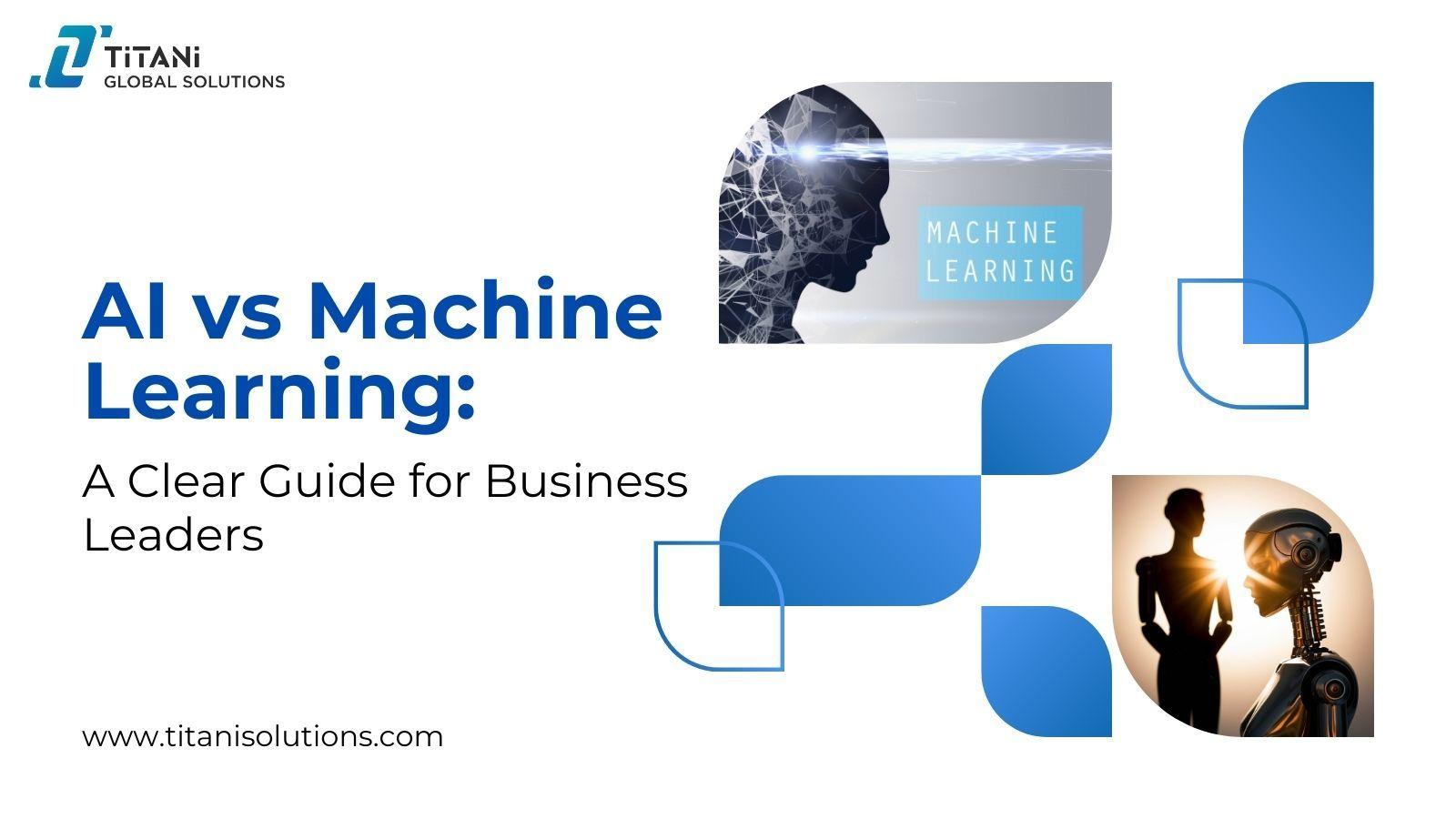Summary for Decision-Makers
In 2025, scoping is the CTO’s first lever of risk control — the bridge between strategy and execution. Done right, it prevents scope creep, aligns teams, and makes budgets/timelines credible.
This guide presents a practical, step-by-step scoping playbook: start from business outcomes (not features), involve real users, define both functional & non-functional requirements, plan integrations early, set clear in/out scope, choose the right delivery model, and lock success metrics before the build.
Avoid the big five pitfalls—unclear goals, underestimating integrations, skipping NFRs, vendor assumptions, and rigid designs—to ship faster with fewer surprises and higher ROI.

I. Why Project Scoping Is Mission-Critical for CTOs?
In 2025, custom software isn’t just about innovation—it’s about survival. Whether you're trying to automate manual workflows, respond to rising customer expectations, or modernize outdated systems, having a tailored platform is no longer a competitive edge. It's a business requirement.
But here’s the problem: with high expectations comes high risk. And the biggest risk of all? Poor project scoping.
For CTOs, scoping is the bridge between strategy and execution. When done right, it aligns your team, sharpens your budget, and ensures that every feature supports your business objectives. When skipped or rushed, it leads to scope creep, communication breakdowns, ballooning costs, and projects that fall short.
At Titani Global Solutions, we see this every day. Companies come to us with bold ideas but lack the planning structure to bring them to life. That’s why we created this guide: to help CTOs like you get scoping right before any code is written.
Whether you’re launching a new product, rebuilding a legacy tool, or scaling up an existing system, a clear and actionable project scope will give your team the alignment, speed, and confidence to succeed.
👉 Keep reading to find proven steps, important pitfalls, and expert tips. These will help your custom software project stay on track from day one.
II. Why Software Project Scoping Matters More Than Ever?
The truth is, building custom software goes beyond selecting the right features. It is about solving real challenges efficiently, cost-effectively, and without exhausting your team. That is where clear and thoughtful scoping makes all the difference.
In 2025, tech leaders like you are expected to move fast while staying strategic. But when projects kick off without a clear scope, even the best ideas can fall apart.
What Happens When You Skip the Scoping Phase?
You’ve probably seen it before:
Features keep expanding beyond the original vision
Developers and stakeholders talk past each other
Timelines stretch, and costs quietly pile up
According to McKinsey, 45% of large IT projects run over budget and 56% deliver less value than expected, not because the ideas were bad, but because the plan lacked clarity.
Why Scoping Sets the Tone for Everything That Follows
When you take the time to scope a project properly, a few things happen:
Everyone agrees on what’s being built—and why
You can estimate costs and timelines with more confidence
Developers know what success looks like, not just what to code
Vendors or external teams can give you real answers, not vague promises
At Titani, we work with clients who often come in with a strong vision, but no roadmap. Through early planning sessions and collaborative workshops, we help them turn big goals into a clear, focused plan that tech teams can build on.
The result? Fewer surprises. Better alignment. And software that does what it’s supposed to—move the business forward.
👉 Bottom line: Scoping isn’t red tape. It’s your first real strategic move.
III. Custom Software
Planning vs Off-the-Shelf Scoping
Let’s get one thing clear: planning a custom software project is not the same as buying software off the shelf.
When you choose an off-the-shelf system, you’re adapting your team to fit the tool. The scope is already defined for someone else’s business. It’s quick to deploy, but what you gain in speed, you often lose in fit.
With custom software, it’s the reverse. You’re building a tool that fits how your team actually works. That’s a major advantage, but it also means the scoping phase becomes far more critical. Why? Because you're not just deciding what the tool can do—you’re defining what it must do to solve your business problems.
Why Custom Software Needs Deeper Scoping
When planning a custom project, you’re in charge of:
Defining every feature and workflow from the ground up
Mapping integrations with your existing tools, data, and hardware
Setting performance benchmarks that matter to your business, not just technical specs
At Titani Global Solutions, we guide clients through this process every day. From logistics firms to healthcare providers, we’ve seen how powerful a well-scoped system can be and how damaging it is when scoping is rushed or vague.
Example: Scoping an Off-the-Shelf Inventory System vs a Custom Inventory System
Off-the-Shelf Inventory System | Custom Inventory System | |
Feature Set | Pre-built and generalized | Tailored to specific inventory workflows |
Warehouse Workflows | Requires business to adapt to tool | Tool adapts to business operations |
Integration Capabilities | Limited to common APIs or plugins | Built for deep integration with ERP, POS, IoT, etc. |
Scalability | May struggle with complex or multi-location setups | Designed to scale with your operations and growth plans |
When to Choose Custom
If your company operates multiple warehouses, handles real-time stock updates, or integrates IoT devices for tracking and automation, an off-the-shelf solution can quickly hit its limits. In those cases, scoping a custom inventory platform ensures that your software fits your exact operational needs today and tomorrow.
👉 Learn more: Off-the-Shelf vs Custom Software: Which Is Better?
IV. Step-by-Step: How to Scope a Custom Software Project
Let’s be honest—most software projects go sideways not because the tech fails, but because the plan wasn’t clear from the start.
Scoping your project isn’t about creating a long spec document for the sake of it. It’s about getting everyone on the same page—so that your developers know what to build, your stakeholders know what to expect, and your business actually gets what it needs.
Here’s how we help CTOs scope smarter at Titani.
1. Start With the Business Problem, Not the Feature List
Before you get into functionality or frameworks, step back and ask: what are we trying to solve?
Maybe your internal teams are bogged down by manual work. Maybe customers are dropping off because your system can’t respond fast enough. Whatever it is, define the why before worrying about the what.
Equally important are the limits. Are you working with a tight timeline? A fixed budget? Are there compliance or data privacy constraints? Scoping starts with being honest about where you’re going—and what’s standing in the way.
2. Involve the People Who Actually Use the System
A common mistake is scoping in a silo—just the tech team or leadership. But the people who will live in the system every day often have the clearest view of what’s broken now.
Talk to your users early. Understand their workflows, pain points, and workarounds. You’ll uncover insights that wouldn’t show up in a spec sheet. This makes your scope more real and your software more usable.
3. Describe What the System Does and How It Should Feel
Once the context is clear, it’s time to lay out what the system needs to do. But don’t stop at “we need a dashboard” or “we need reporting.”
Instead, describe how tasks happen now and how they should happen in the future. What needs to change? What stays the same?
Also, think about how the software should feel. Should it be fast? Intuitive? Scalable across regions? These non-functional elements, like performance, uptime, and usability, are easy to overlook but make a huge difference once the product is live.
4. Plan Your Integrations Early
Your software won’t operate in a vacuum. It has to connect with the rest of your tech stack—your CRM, ERP, billing system, maybe even IoT devices.
Integration isn’t just about APIs. It’s about understanding data flows, sync frequencies, and who owns the source of truth.
At Titani, we’ve seen too many projects derail because integrations were treated as an afterthought. Planning them early prevents budget creep and painful rework.
5. Be Crystal Clear on What’s In and What’s Not
This is where many scopes fall apart. People assume things. Details get lost. And two months in, someone says, “Wait, wasn’t that part of the plan?”
Avoid this by setting clear boundaries. Define what’s in scope for version one and what’s not. Talk through edge cases and possible exceptions. The more specific you are now, the fewer conflicts you’ll have later.
If you're unsure where to draw the line, start with impact. Prioritize what directly supports the business goal and defer the rest to future phases.
6. Choose a Delivery Approach That Matches How You Work
Agile, waterfall, hybrid—these aren’t just buzzwords. They impact how your scope evolves over time.
If your project needs flexibility, rapid feedback, and constant iteration, Agile is a great fit. If you have strict milestones or compliance requirements, Waterfall may offer more control. Many teams go hybrid: fixed high-level scope with agile feature execution.
Also consider how you’ll build it—internally, through a vendor, or with a hybrid model. At Titani, we often act as an extension of our clients’ teams, adapting delivery to how they work best.
7. Define What Success Looks Like Before You Start Building
Success shouldn’t be defined after go-live. You need that clarity from day one.
Ask yourself: how will we know this project worked? Are we aiming to reduce processing time? Improve team productivity? Increase customer satisfaction?
Pick a few key outcomes and make them measurable. This gives your team a north star to build toward and makes it easier to prove value to leadership.
Wrapping It Up
Good scoping doesn’t require a massive spec doc. What it needs is thoughtful conversations, honest input, and a shared understanding of what you’re building—and why. When that’s in place, your custom software project doesn’t just get delivered. It delivers value.
If you’re in the early stages and want help turning a rough idea into a clear plan, Titani is here to support. From technical discovery to road mapping and execution, we help CTOs move from “we need this” to “it’s already working.”
👉 Learn more: The CTO’s Guide to Fintech Innovation in UAE: Custom Software vs. One-Size-Fits-All
V. 5 Common Scoping Mistakes CTOs Should Avoid
1. Starting Without Clear Business Goals
One of the most common (and costly) mistakes is jumping straight into features or tech stacks without defining the business problem first. You end up building “something,” but no one’s sure if it solves anything.
Scoping should begin with clarity: What are we trying to improve? Are we aiming for faster service? Higher productivity? Lower churn? Without these goals, even a well-built system can miss the mark.
At Titani, we often start with a single question: What does success look like for you, six months after launch? That question alone changes the entire direction of many projects.
2. Underestimating Integration Complexity
It’s easy to think integrations will “just work”—especially when APIs are available. But in reality, connecting new software to your existing systems is often the most fragile part of the project.
Data models don’t align. Authentication methods clash. Or, critical systems have no documentation at all.
Your scope needs to address integrations explicitly. What tools are involved? Who owns them? What’s the data flow? Integration isn’t an afterthought—it’s part of your core architecture.
3. Skipping Non-Functional Requirements
While most scoping documents focus on what a system should do, they often overlook how it should perform.
Will the platform need to scale for 10x users in the next year? What level of uptime is acceptable? How should data be secured across environments?
These questions are rarely urgent during planning, but they become critical once the platform is live. Ignoring them early usually means expensive fixes later.
4. Assuming Vendors Understand Your Context
You might assume your development partner will “fill in the blanks.” But if the scoping document doesn’t clearly explain your business context, domain logic, and edge cases, even the best dev team will make the wrong assumptions.
The result? Misaligned deliverables, long feedback loops, and frustration on both sides.
The fix is simple: don’t outsource thinking. Even if you're working with an experienced partner like Titani, your internal knowledge needs to be part of the scoping process.
5. Ignoring Future Change and Flexibility
It’s easy to plan based on today’s needs. But great software doesn’t just work on day one—it evolves with your business.
If your scope locks in rigid workflows, hardcoded roles, or narrow assumptions, you’ll hit limits sooner than expected.
Instead, scope with change in mind. Where might your team grow? What processes could shift? Which parts of the system need to be modular or extendable?
Scoping isn’t just about launching—it’s about future-proofing.
Final Thoughts: Scoping Isn’t Optional—It’s Operational Strategy
At the end of the day, scoping isn’t just about drawing boundaries—it’s how you take control. It’s the difference between chasing deliverables and delivering real business impact.
For CTOs, this isn’t paperwork. It’s leadership. A well-scoped project aligns your team, gives stakeholders clarity, and helps your development partner deliver exactly what matters.
And let’s be honest, tech moves fast. If your scope doesn’t move with it, you’ll be building yesterday’s solution to tomorrow’s problem.
At Titani Global Solutions, we don’t just write code. We help CTOs turn complex goals into structured, scalable roadmaps. Whether you're starting from a whiteboard or trying to fix a project that’s gone sideways, our team is here to help you get it right from day one.
👉 Let’s build something with clarity. Talk to us about your roadmap.



